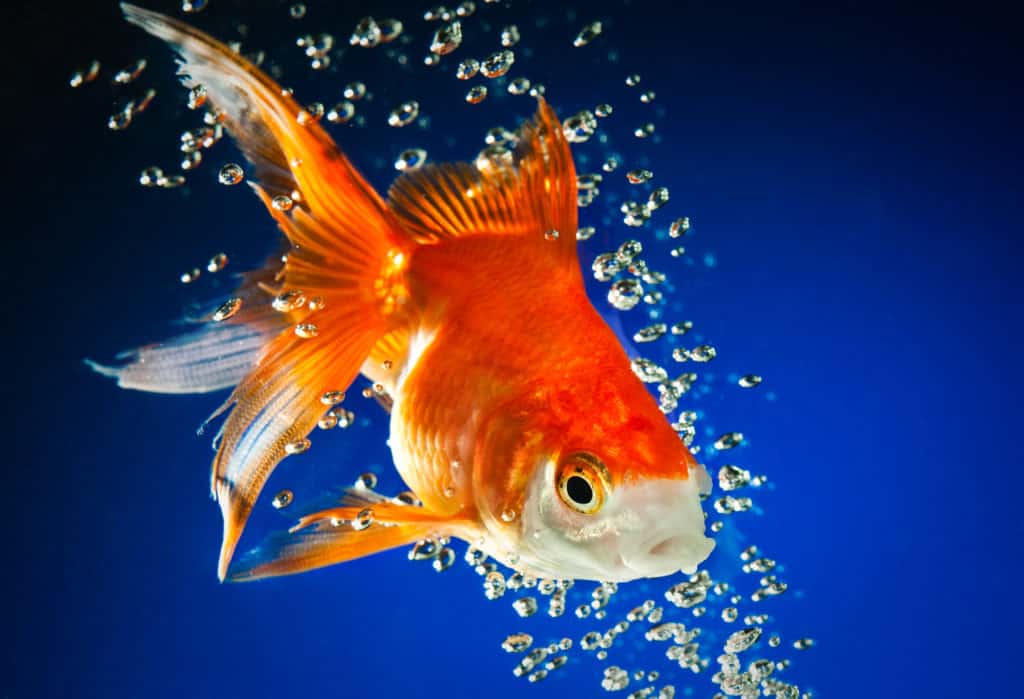
Goldfish are popular pets because of both their small size and their peaceful behavior.
They tend to grow to about two inches and don’t need a lot of space.
They need oxygen to reach their full size, and small tanks usually have enough of it.
If you keep goldfish in your tank, you might be wondering whether or not you need an air pump.
Read on to find the answer to this question and more!
Do Goldfish Need an Air Pump?
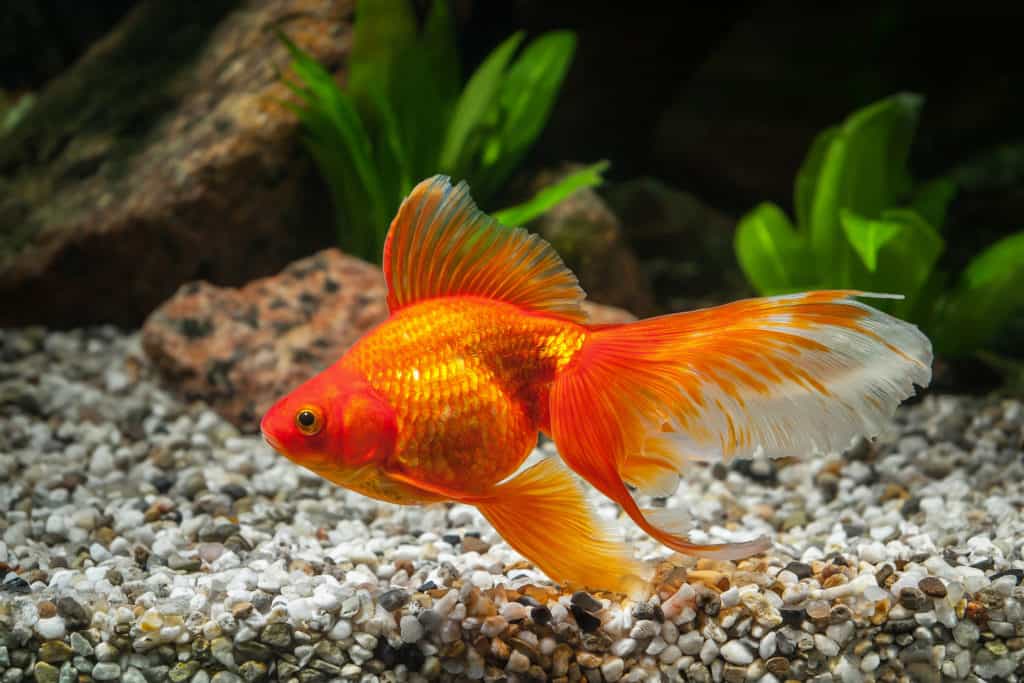
Goldfish don’t need an air pump to thrive as long as they get enough oxygen from the water.
Since they’re active creatures, goldfish need more oxygen than some other fish varieties.
If your fish are coming to the surface to gasp for air or they’re moving their gills more often, your current solution isn’t working, and you might need to invest in an air pump.
Water contains an amount of dissolved oxygen.
Goldfish pump the water through their mouths into their bodies until it reaches an organ called a rake.
The rake will absorb the dissolved oxygen in the water and transport it into the bloodstream.
The oxygen in the water decreases as the fish breathe.
It can absorb more oxygen from the surface, especially with adequate aeration and surface disruption.
Air pumps can help with this, but so can filters, powerheads, and aerating ornaments.
Air Pump Vs. Filter
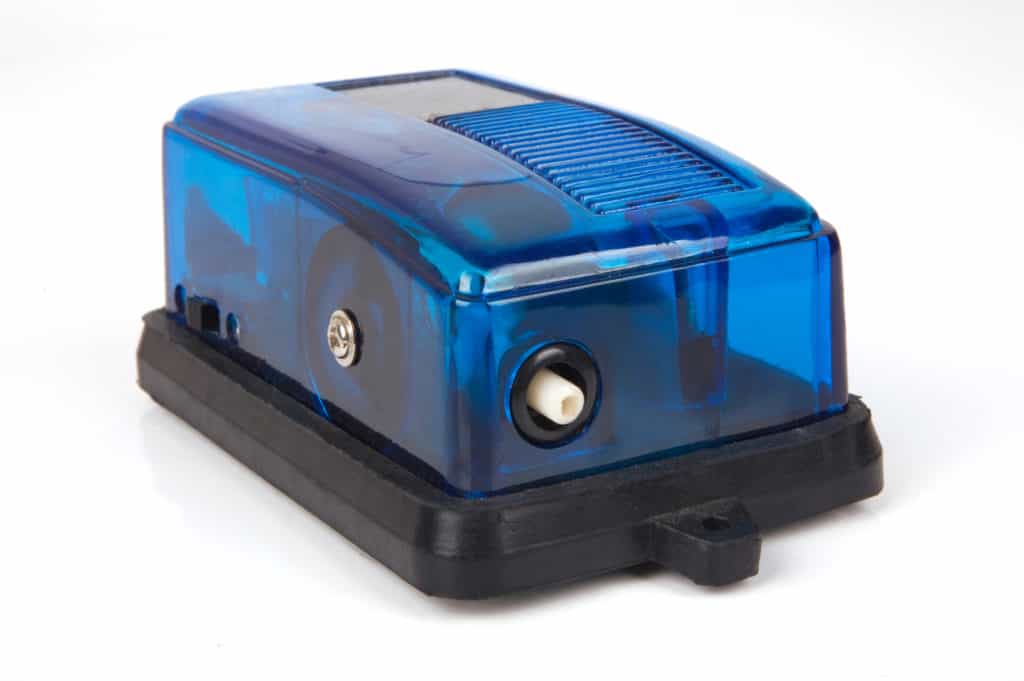
Regular air pumps don’t filter the tank’s water.
They’re installed outside the tank and pump air through a tube.
On the other hand, most aquarium filters can do a pump’s job to some extent because they circulate the water while detoxifying the tank from harmful chemicals.
Here’s how that works.
A filter draws the aquarium water through a hose to filter media like sponges and removes impurities like debris or algae.
It then sends back the pure water through another hose.
This circulation creates an opportunity for oxygen to be dissolved in the water while it’s being purified.
As you can see, a filter can be up for the air pump’s job in a normal tank situation, but sometimes, having a single filter just won’t do the trick.
When Should You Install an Air Pump?
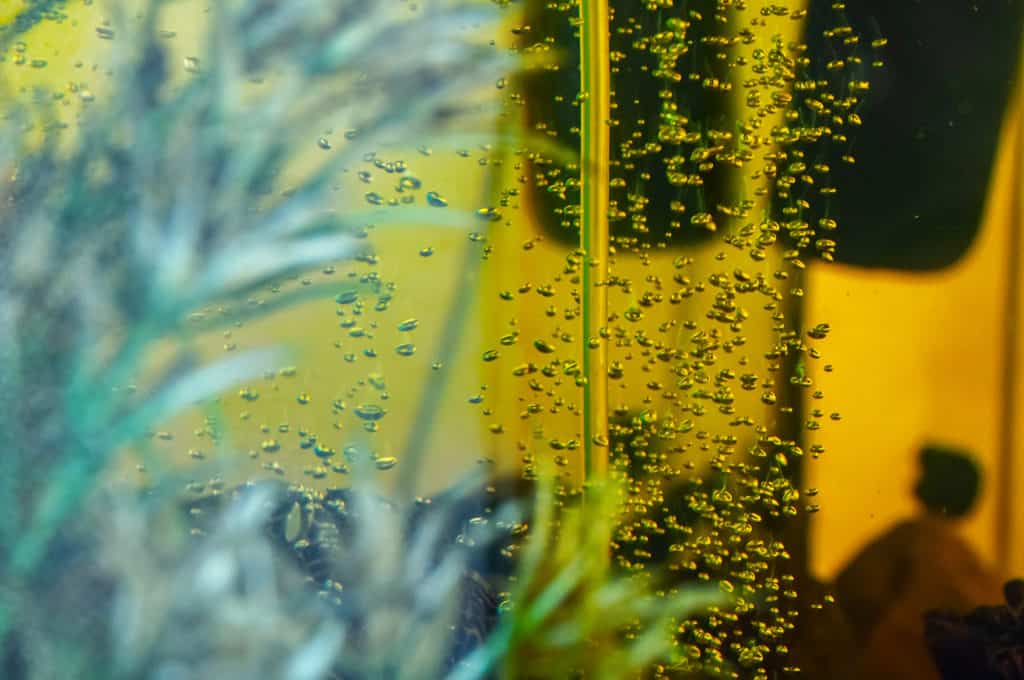
1. Still Water & Bad Filtering
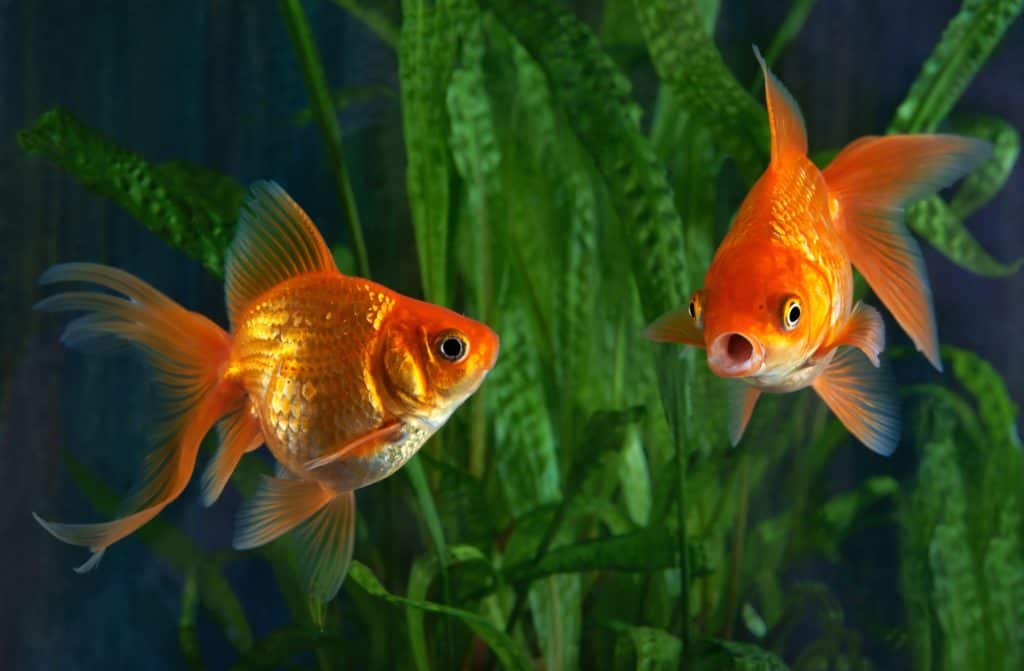
Sometimes the filter you’re using isn’t strong or big enough for your tank.
Internal filters are normally weaker and won’t cause proper water circulation.
If you notice that the water’s surface is still, you have to invest in an air pump.
If you have a canister pump and still notice the surface isn’t moving, check if it’s installed properly.
You may notice that some parts of the tank aren’t circulating well. In that case, think about placing an air stone in those areas.
2. Small Tank
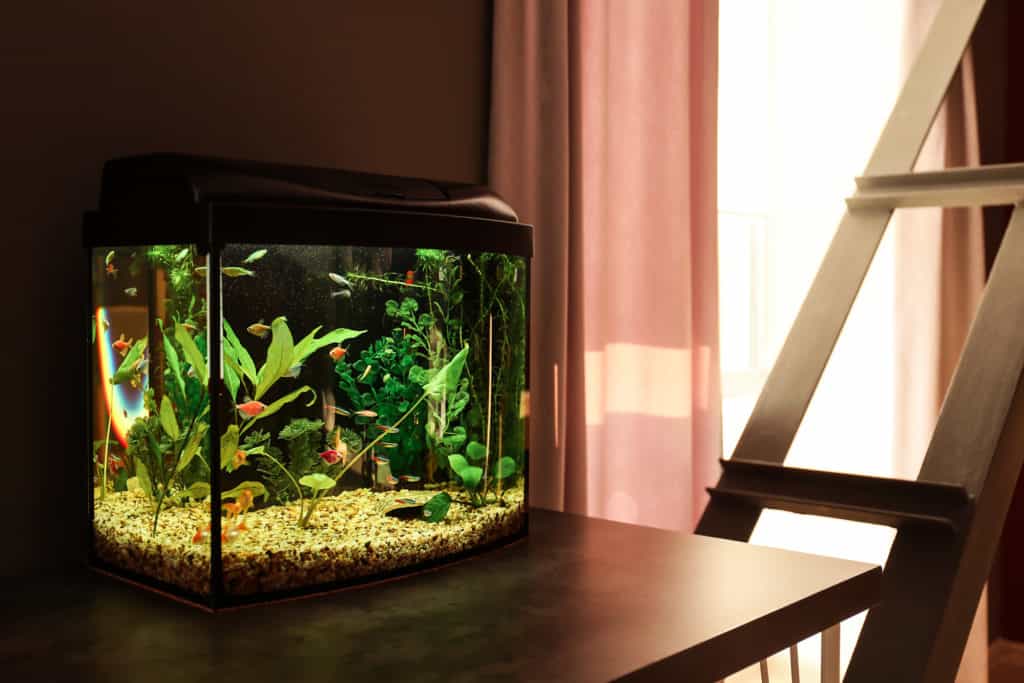
Smaller tanks have less surface area, especially if your tank is tall and narrow.
If your tank fits this description, your goldfish are probably not getting enough oxygen.
Moreover, carbon dioxide will pile up in the depths of the tank and will cause the goldfish to suffocate.
Wide tanks are a better choice for keeping goldfish, but if you have a small one, be sure to install an air pump to help your fish breathe.
3. Overcrowding
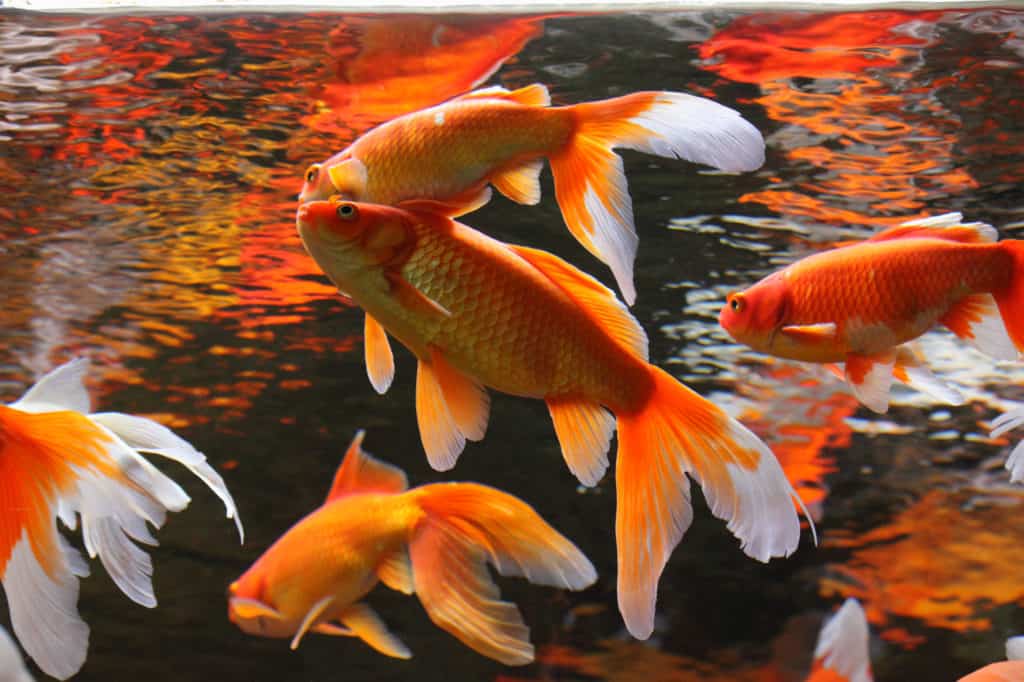
If you stock a small tank with multiple goldfish, they’ll use up the existing oxygen faster and release large amounts of carbon dioxide.
In addition to the stress caused by overcrowding, your fish will be anxious about not being able to breathe.
If you have an overstocked tank, you should install a pump to increase water circulation and reduce your fish’s stress.
3. High Temperatures
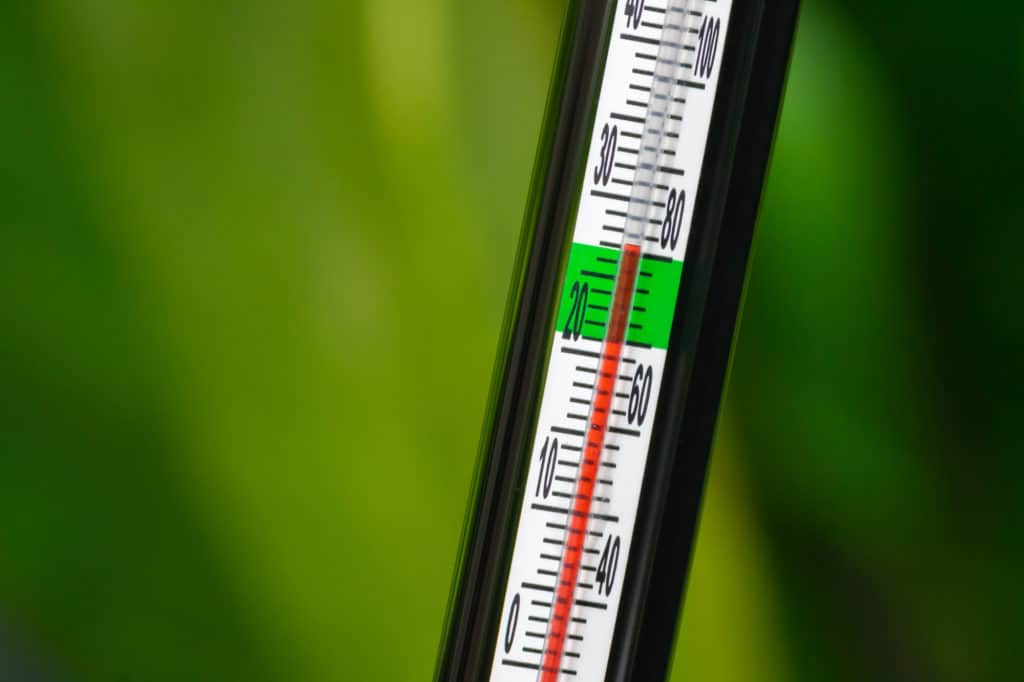
The hotter the water, the harder it is for oxygen to dissolve.
This tends to become problematic during the summer since most people turn the air conditioning off when they leave the house.
As the room temperature starts to rise, the water gets hotter, and the fish will have less oxygen to breathe.
Sometimes, aquarium lights are the culprit as they overheat the water.
Plus, most varieties of goldfish come from cold waters and can’t thrive in higher temperatures.
Even fancy goldfish that like warmer environments can’t stand the lack of oxygen in a hot tank.
You should try to keep the temperature low for your goldfish, and during summertime, use an air pump to increase the oxygen levels in the water.
How to Tell If Your Fish Aren’t Getting Enough Oxygen
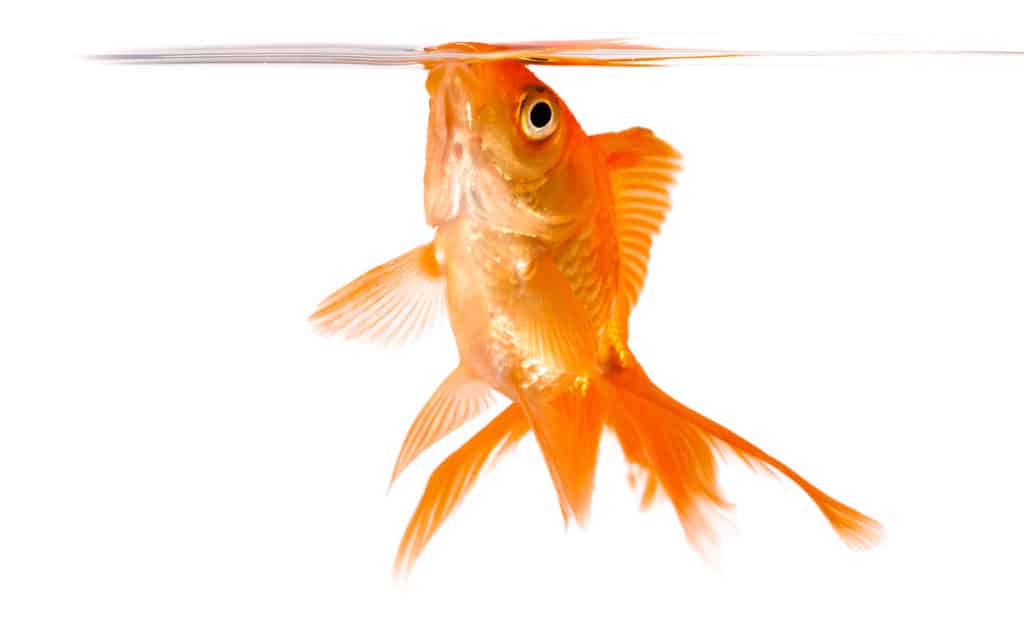
1. Look for the Signs
Here’s a list of the most important signs that indicate your fish need more oxygen:
- Gasping for air near the surface: The thin layer of water below the surface has the most oxygen. Goldfish usually swim up to the surface, but if you notice them coming there more frequently and gulping at the surface, they’re gasping for air. This means your water is poorly oxygenated.
- Decreased activity or odd behavior: Goldfish are active animals, always moving and swimming around the tank. If you find them standing still or lying at the bottom of the tank, it could be because they’re having trouble breathing. If you see them spending more time around the pump’s outlet and chasing air bubbles, they’re not getting enough oxygen. Additionally, if you keep bottom dwellers in your tank, you may notice that they’re spending more time in the higher levels of the aquarium.
- Increased gill movement: Normally, Goldfish breathe in a relaxed manner. Excessive gill activity means they’re breathing heavily. It’s a sign that the oxygen levels have dropped in your tank.
- Loss of appetite: Goldfish tend to become dull and lazy if they can’t get enough oxygen, and they may show no interest in food during feeding time. Of course, there could be other reasons for their lack of interest in food, but checking their oxygen levels is one of the first things you should do.
2. Test the Water
To make sure the oxygen levels are adequate, you can use a dissolved oxygen test kit.
These kits come in three different types: test strips, liquid test kits, or electronic devices.
Usually, the most accurate way to measure the dissolved oxygen in the water is to use a portable oxygen meter.
These electronic devices come with various features, including automatic temperature compensation and a memory to store your previous readings.
However, depending on the model, the device might be a bit complicated to use and could set you back a few hundred dollars.
If you want a more affordable option, go for chemical strips.
They work like other test strips that measure pH or nitrate levels in the water.
They’re often accurate enough for a home aquarium.
Regardless of the testing method, the oxygen levels should be above 5 mg/l.
Any less than 2 mg/l and your goldfish will start dying.
Other Ways to Provide Oxygen
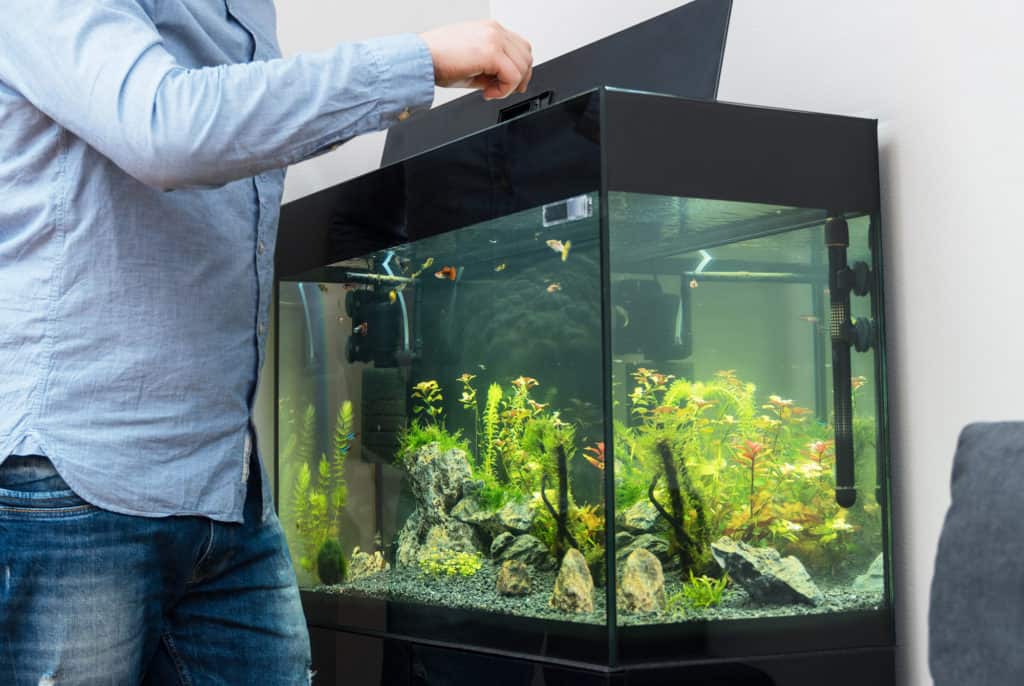
Installing a pump isn’t your only option if you find that your goldfish aren’t getting enough oxygen.
Here are some alternatives to a pump:
1. Emergency Oxygen
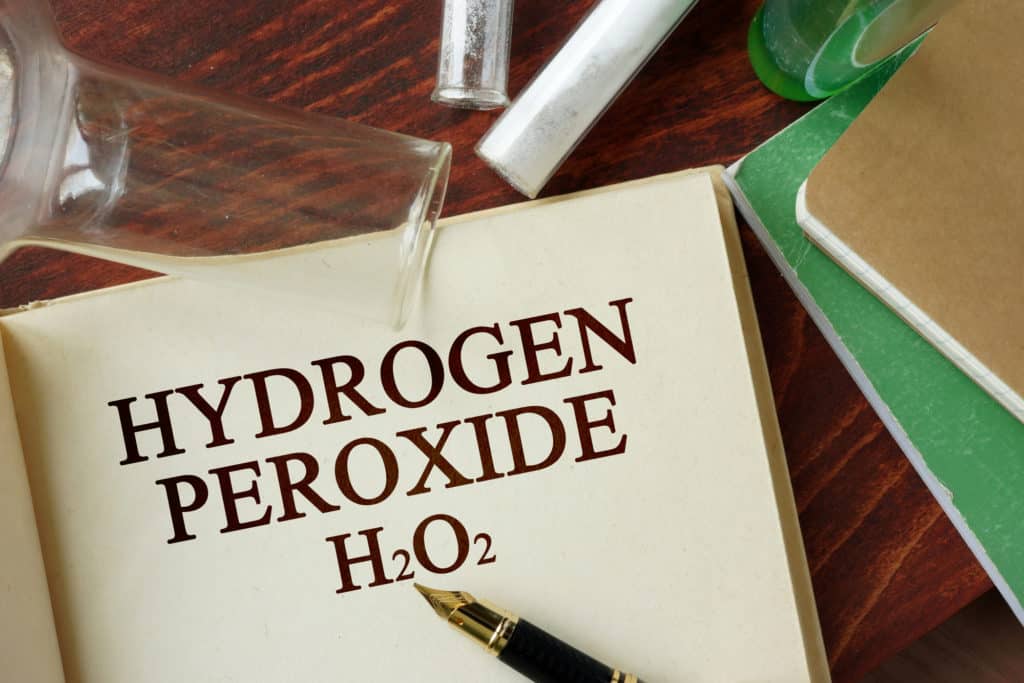
If you find out that the oxygen levels are dangerously low, you can use this method to prevent your fish from dying.
Mix two teaspoons of hydrogen peroxide with half a cup of water and add it to your tank.
This amount should be enough for a 10-gallon tank. Add the mixture to the tank.
You can only use this trick once because it can hurt your fish’s gills.
2. Air Stones
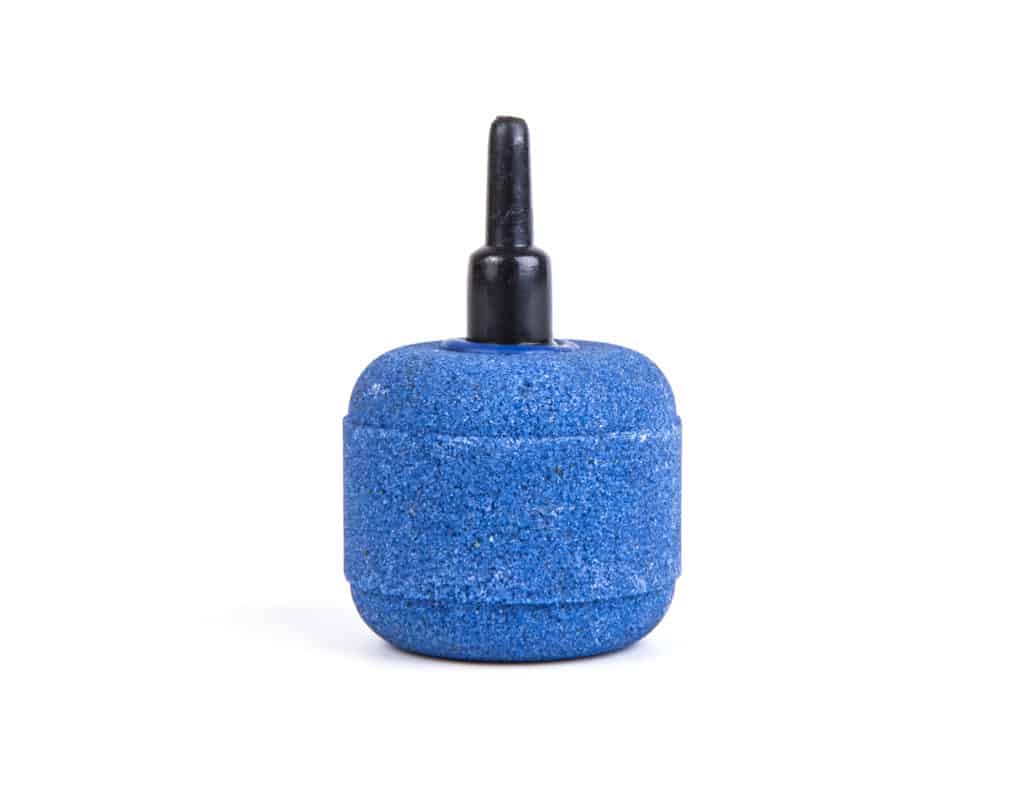
You can attach these porous stones to the air pump’s outlet and place them strategically in your aquarium.
They produce decorative bubbles and disrupt the surface of the water and increase the circulation.
Putting a sponge underneath them can reduce their noise.
3. Aerating Ornaments
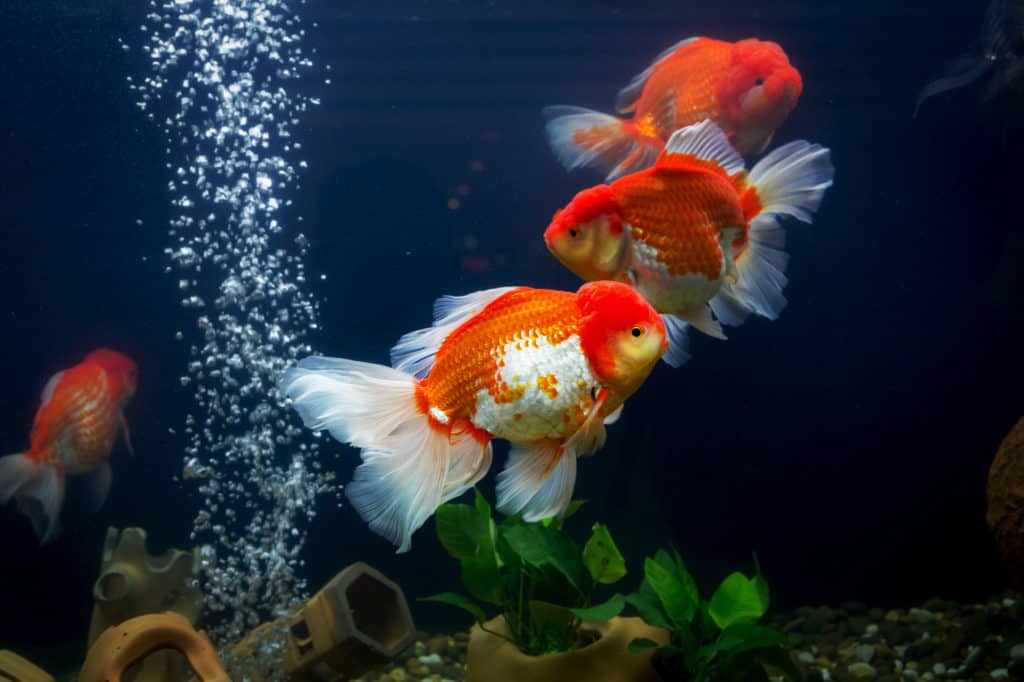
Some aerating ornaments move a bit and thus create circulation.
Some are just decorations that you can put the air stone inside.
They give a great look to your aquarium and provide a hiding place for your fish.
4. Power Heads
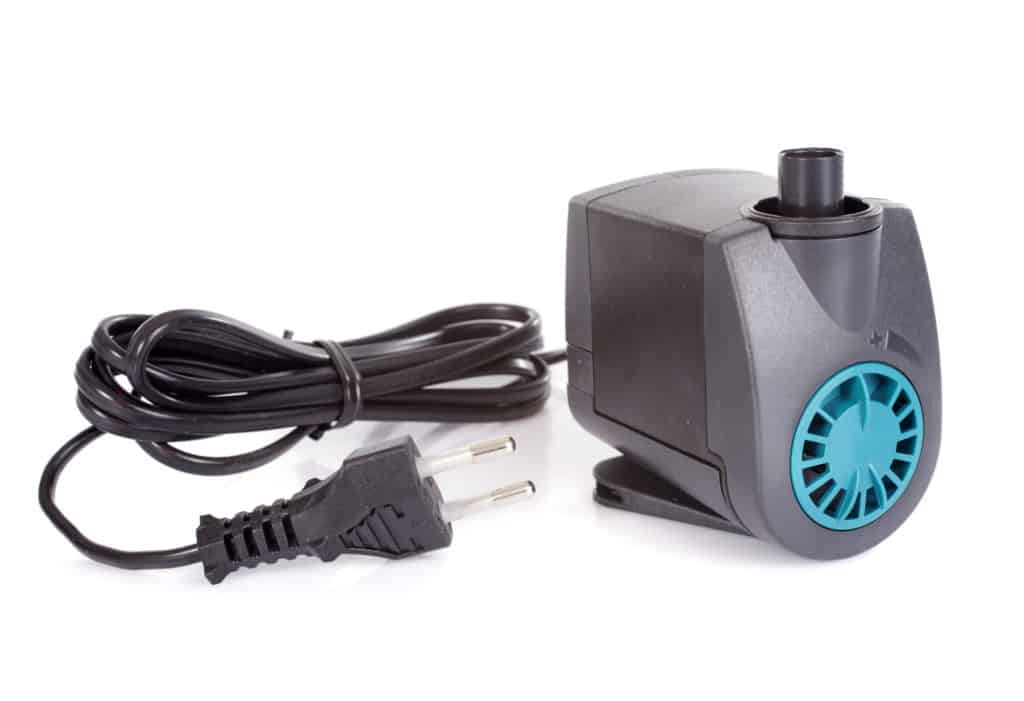
Powerheads are great options for bigger tanks.
If the filter isn’t agitating the surface enough, you can install a powerhead.
You can adjust the production of bubbles and circulate the dead spots of your tank.
5. The Cup Method
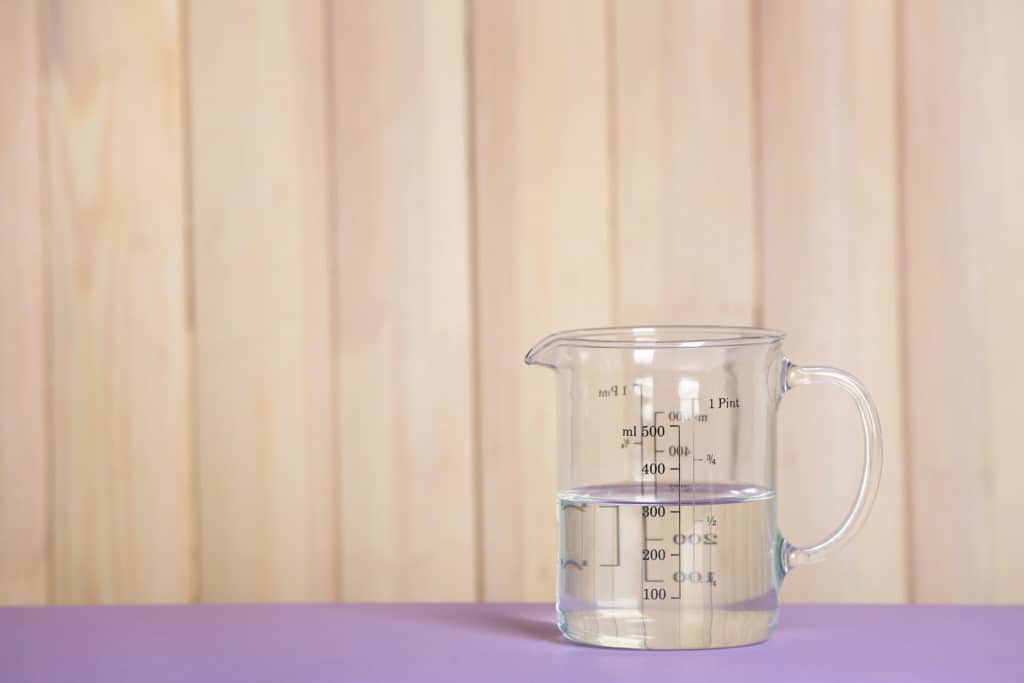
Fill a cup or glass with the tank water, lift it up, and pour the water back in.
The higher you lift the cup, the more oxygen is picked up along the way.
Plus, the water will travel to the depths of the tank and cause motion at the bottom.
6. Live Plants
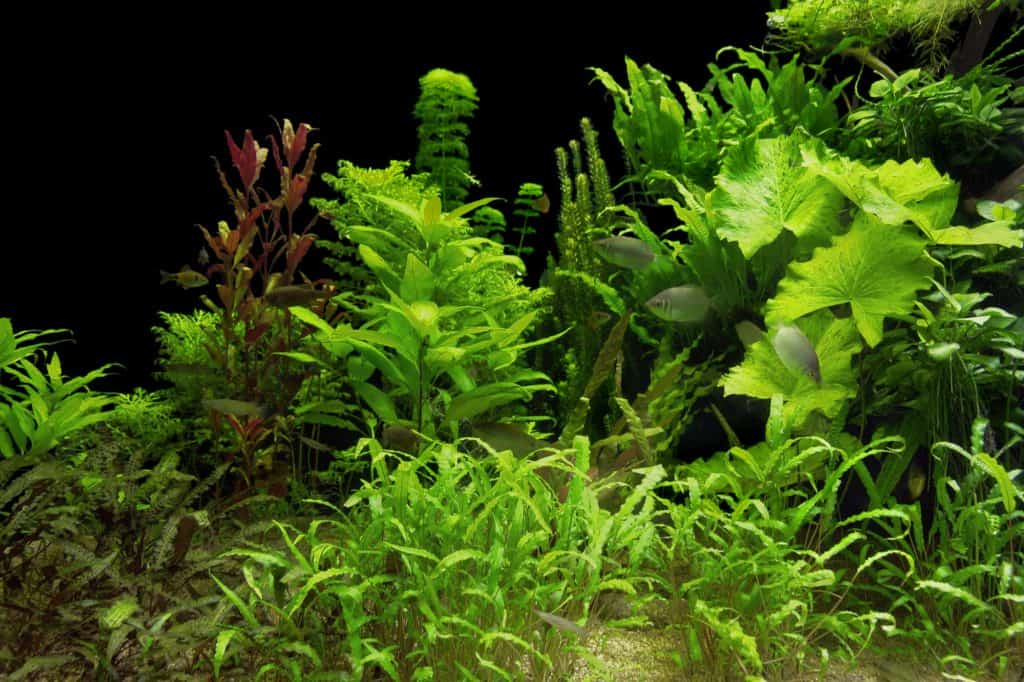
Plants consume carbon dioxide and produce oxygen.
They also use ammonia and nitrites in your tank, which are harmful to your fish.
Besides adding a great look to your aquarium, they provide hiding spots and shelter for your goldfish.
Too Much Circulation
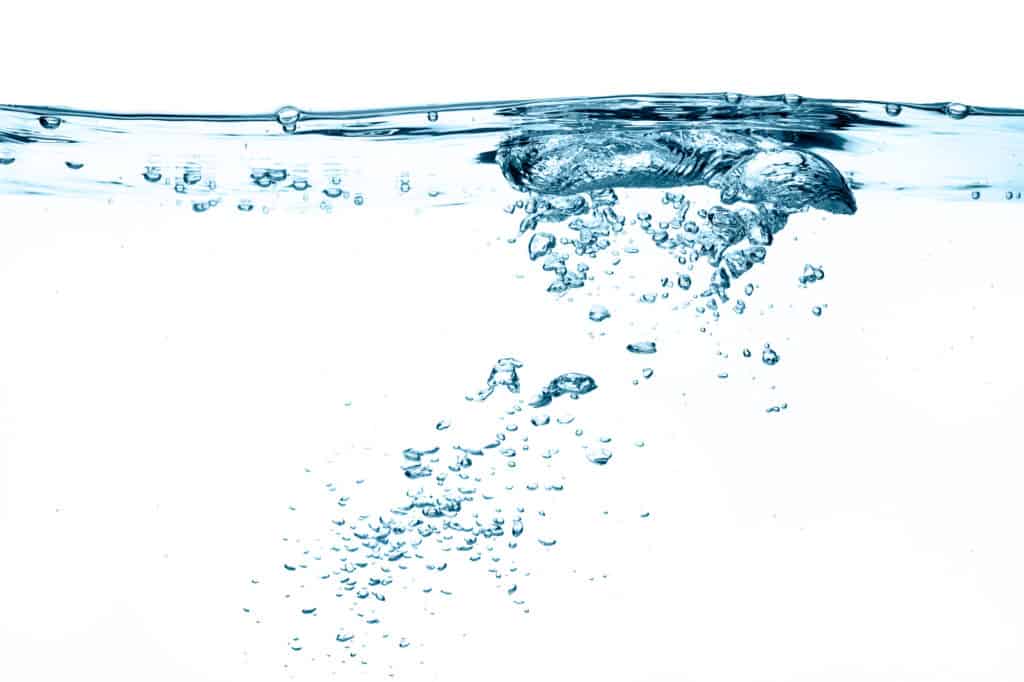
Too much oxygen can’t be as bad as too little.
Still, if you notice your goldfish are having trouble swimming and moving around the tank, adjust your pump or filter to produce large and slow bubbles.
Some goldfish varieties are smaller and weaker, so they prefer still waters.
Others love strong currents.
You need to balance their differing needs and continually monitor the oxygen levels in your tank.
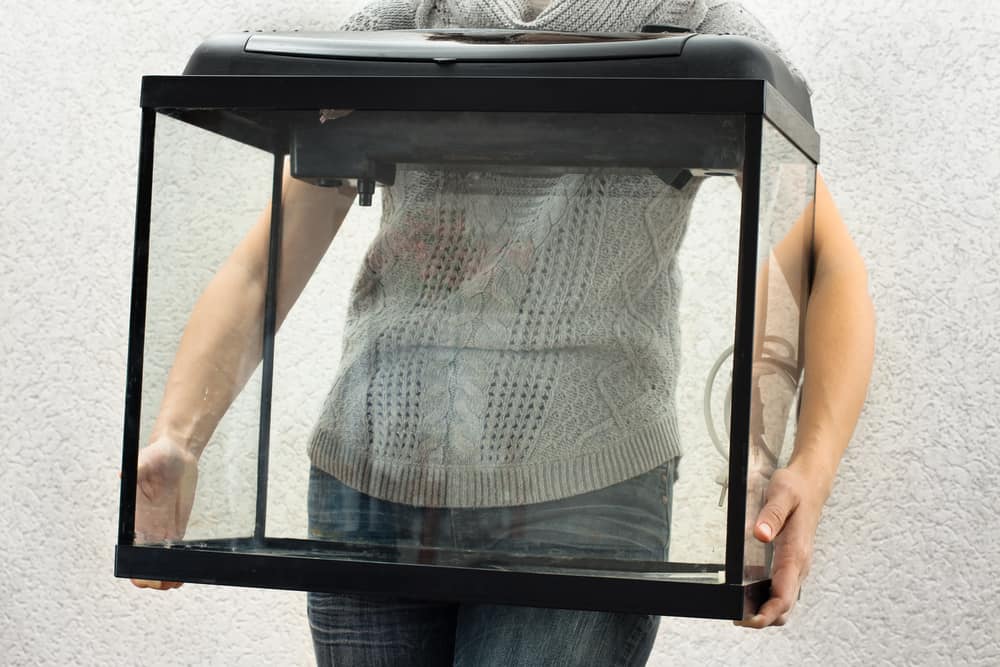
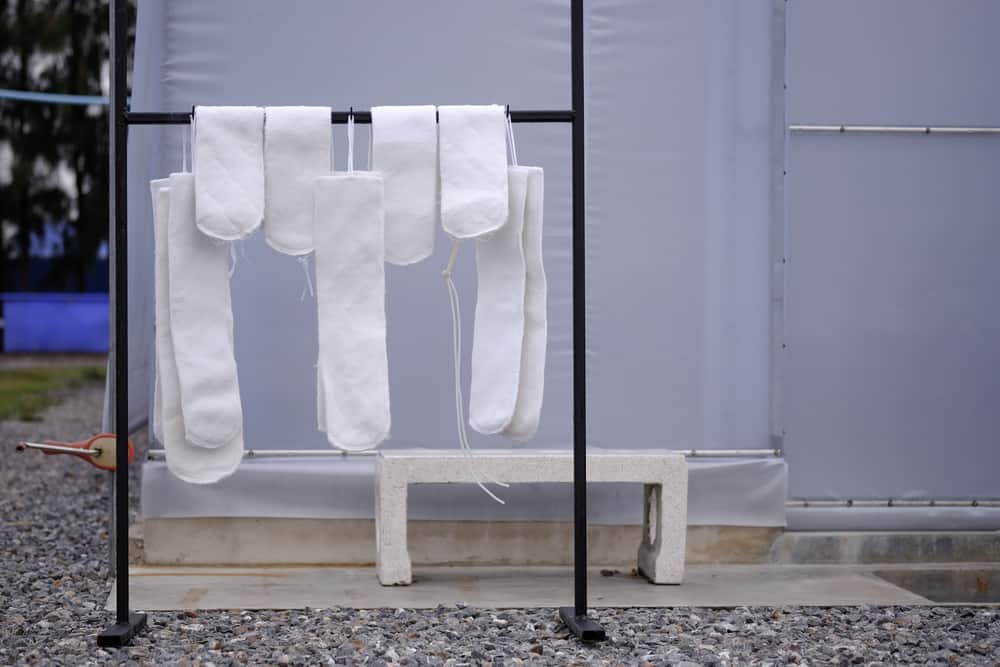
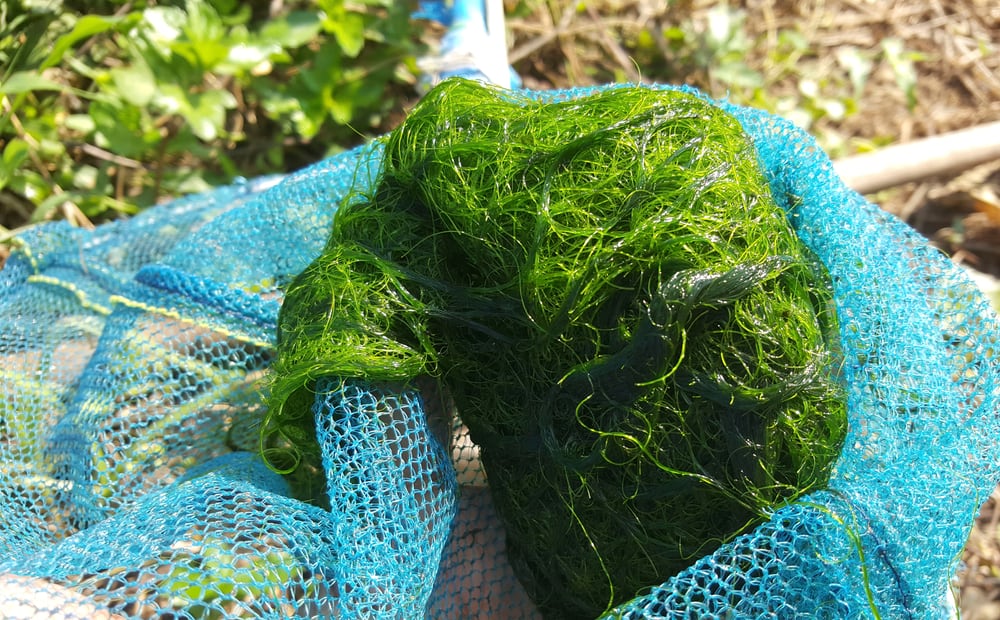
Leave a Reply
You must be logged in to post a comment.